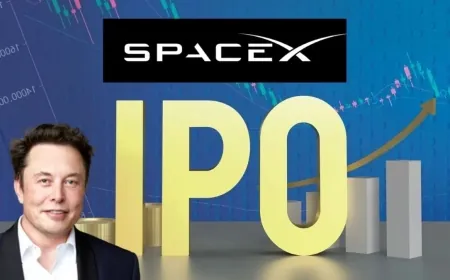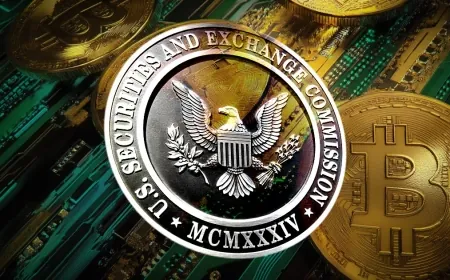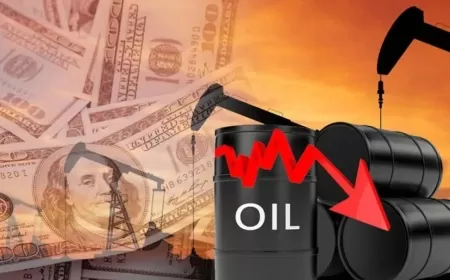Oil Rises 8% on Israel-Iran Conflict as Strait of Hormuz Oil Route Faces New Risk
Oil gains 8% after Israel-Iran conflict begins; markets watch U.S. decisions closely as risks grow around global crude production and flow routes.
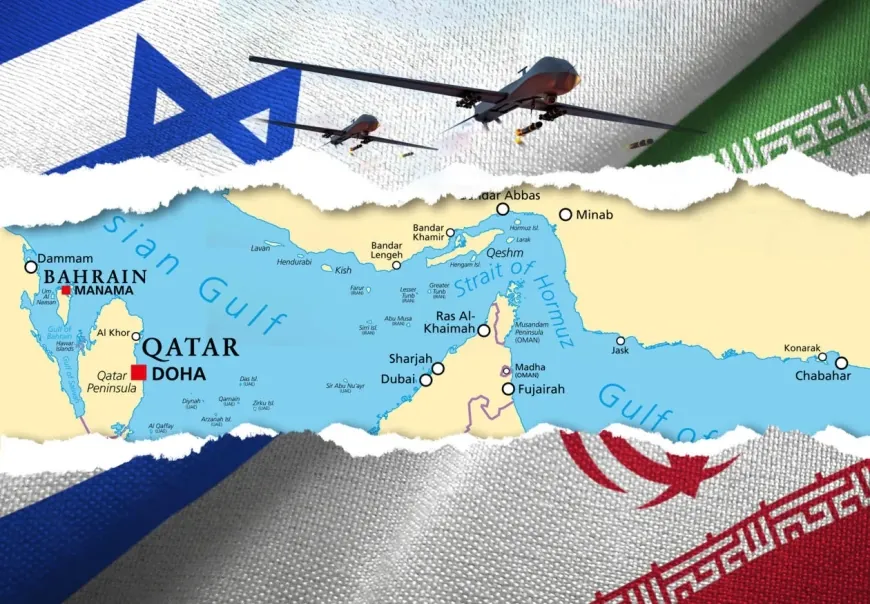
Global oil markets are showing heightened sensitivity as crude prices have surged nearly 8% since the beginning of the Israel-Iran conflict. The ongoing geopolitical tension is reviving concerns about global energy security and supply disruptions, placing additional pressure on an already volatile market.
As of the latest trading sessions, West Texas Intermediate (WTI) crude hovered around $74 per barrel, while Brent crude—the international benchmark—held steady near $75. The surge comes alongside news that U.S. crude inventories fell by the largest margin in almost a year, indicating tighter domestic supply and further contributing to bullish sentiment in the oil market.
Why Oil Prices Are Rising
The recent conflict between Israel and Iran has reawakened fears of broader regional instability in the Middle East, home to a significant share of the world’s oil production and export routes. Iran alone contributes over 3 million barrels per day and ranks as the fourth-largest producer in the OPEC+ alliance.
Historically, geopolitical shocks in oil-producing regions often lead to sharp but temporary price spikes. However, analysts warn that if the situation escalates, the price rally could persist for months or even longer.
“Oil markets are watching closely for any signs of escalation or direct involvement by major powers like the United States,” say market experts. "The wild card remains how Washington will respond if the conflict deepens."
The Strategic Importance of the Strait of Hormuz
One of the biggest concerns centers on the Strait of Hormuz, a narrow waterway between Oman and Iran through which nearly 20% of all global oil flows. Any threat to this chokepoint could lead to massive supply disruptions and send prices soaring into triple digits.
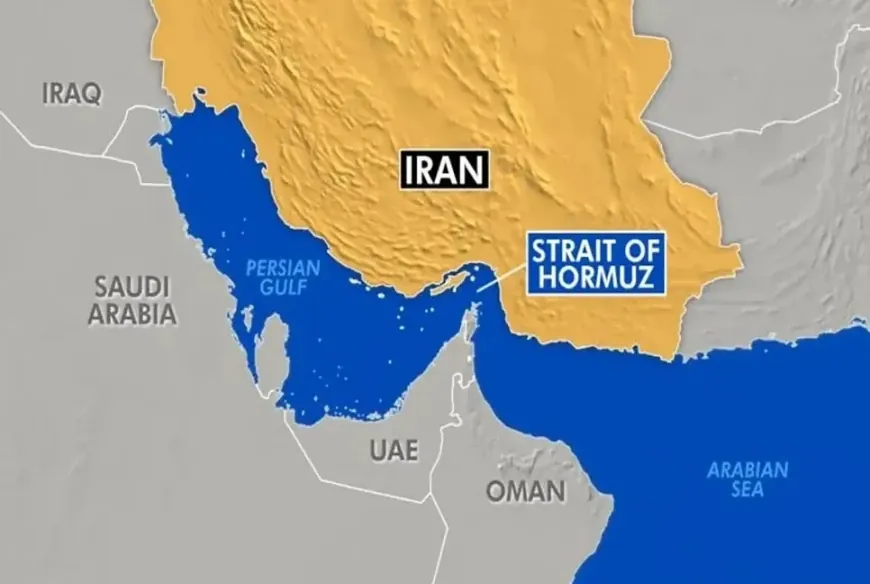
Though analysts currently see a full closure of the strait as unlikely—largely due to the strong U.S. naval presence in the Persian Gulf—the possibility remains a significant risk factor. A disruption here would not only affect crude oil but also liquefied natural gas (LNG) and petroleum product shipments critical to Asian and European markets.
Tanker Rates and Shipping Impact
Shipping costs in the region have already surged, with tanker freight rates jumping as much as 50% since the conflict erupted. Increased insurance premiums, rerouting of ships, and heightened risk premiums are contributing to this rise. This translates to higher costs across the energy supply chain—from producers to refiners, and eventually, consumers.
Shipping companies are also on alert, with some reportedly considering alternate routes to avoid potential danger zones, which could further extend delivery times and costs.
Historical Context: What Happens During Oil Supply Shocks?
Past geopolitical crises have shown that oil prices can experience sharp and prolonged increases during regime changes or major conflicts in oil-producing countries. Analysts point to historical examples where prices spiked as much as 76% during major disruptions, with long-lasting impacts on global energy markets.
JPMorgan analysis notes that regime changes since 1979 in key oil nations have led to average price increases of 30%, often altering production policies and international relations in ways that reshaped the global energy landscape.
Where Do Prices Go From Here?
So far, the conflict has not directly disrupted Iran's oil production or exports. In fact, OPEC had increased production quotas in the months prior to the outbreak, giving the market a buffer—albeit a thin one.
However, any escalation that results in damage to oil infrastructure, port closures, or export restrictions could push prices significantly higher. Traders and analysts are also keeping a close eye on statements from Washington, as any U.S. military involvement or sanctions targeting Iran’s energy sector could ignite fresh supply fears.
In the near term, prices may remain volatile, especially as headlines from the region continue to shape investor sentiment. While the current $74–$75 range is relatively stable, analysts caution that the floor could shift higher if the situation worsens.
Oil Prices Now Depend on Geopolitical Moves
The direction of oil prices in the coming weeks will largely depend on how the conflict between Israel and Iran develops. While there hasn't been any major impact on oil supply so far, markets are on edge, watching for any signs of escalation that could change the outlook quickly.
Any direct attacks on oil facilities, tougher sanctions, or military action—especially involving the United States—could send prices much higher. At the moment, the U.S. remains a key factor, and its response to the situation could shape what happens next in global energy markets.
Oil exporters and shipping companies in the region are also adjusting their operations as security risks grow. With shipping costs rising and insurance premiums increasing, even small disruptions could start to affect oil flows and global supply chains.
In short, oil prices are being driven more by rising political tensions than by typical supply and demand factors. As the situation evolves, traders and energy analysts agree: what happens next in the Middle East—and how the U.S. reacts—will be critical for the global oil market.
Also Read: Oil Prices Could Surge Above $90 as Israel-Iran Tensions Rattle Global Markets
|
Follow iShook on Social Media for More Tips and Updates! |





